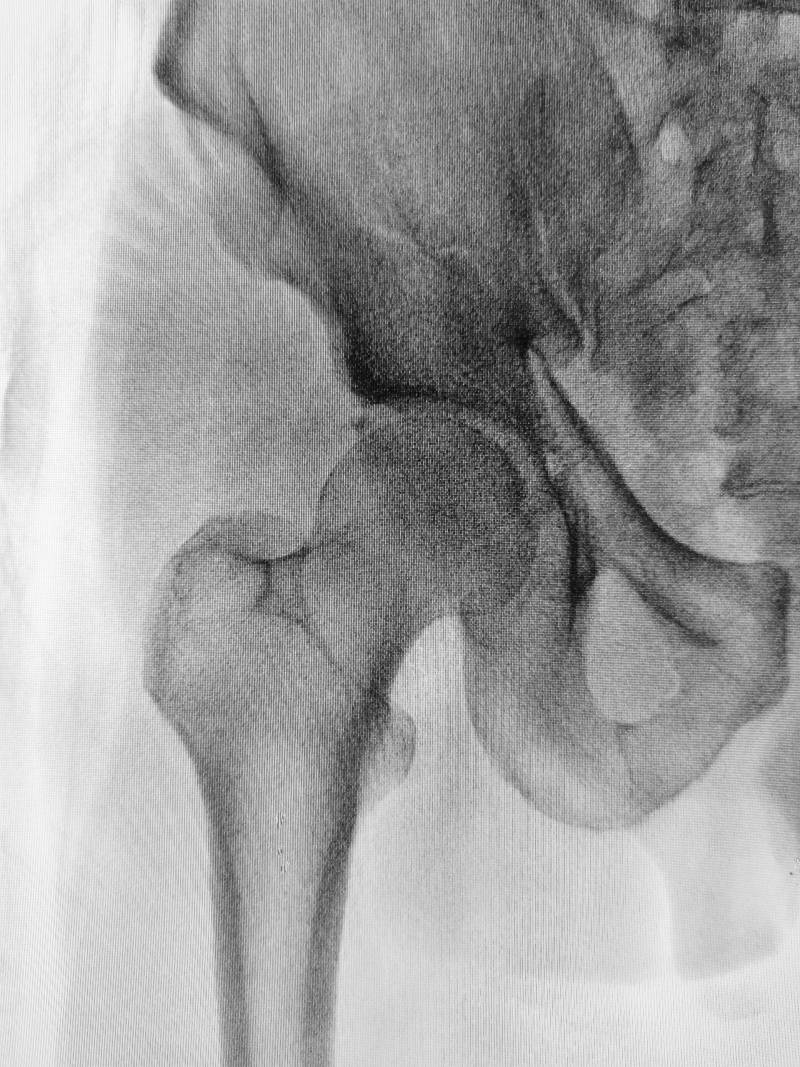Caution: If you've experienced an accident triggering neck pain or if you're grappling with worsening arm pain, numbness, tingling, or weakness, consult your physician before initiating any exercises.
The Significance of Neck Exercise
Acknowledged by spine experts, engaging in physical activity proves pivotal for those contending with neck pain. This guide elucidates strategies to remain active without exacerbating pain, emphasizing the potential to alleviate discomfort through carefully selected exercises. Beyond immediate relief, sustained activity acts as a preventive shield against future recurrences.
How does one stay active without aggravating pain? Surprisingly, specific exercises, outlined in this guide, not only mitigate pain but also facilitate rapid recovery, reducing the likelihood of pain resurfacing. As pain diminishes, additional exercises aid in restoring neck mobility and muscle strength, fortifying against future episodes. Even if pain intensifies during activities, temporary discomfort is deemed acceptable if it subsides upon cessation. Thus, the emphasis is on maintaining an active lifestyle.

Optimal Exercise Selection for Pain Relief
Prudent exercise selection is crucial to prevent exacerbating neck pain. Recognizing worsening symptoms, spreading from the neck to the shoulder or arm during activities, prompts the need for careful exercise choices. Conversely, the positive phenomenon of symptom "centralization" denotes progress and recovery. Identifying exercises that intentionally centralize symptoms often leads to their reduction and eventual elimination with consistent practice. Monitoring pain, numbness, and tingling during exercises ensures a tailored approach, abandoning those exacerbating pain while embracing those offering relief.
Upright Walking with a "Neutral" Head Position
Cultivating an erect posture while walking, with a "neutral" head position—ears aligned directly over shoulders—counteracts the detrimental habit of forward head positioning. Initiating this change requires consistent effort initially, gradually transforming it into a habitual stance.
Supine Neutral Head Position: Lying on your back, allow your head to gently fall backward, promoting the desired "neutral" position. Spending brief intervals in this state can alleviate or eliminate neck pain.
Supine Retraction: In a supine position, use your fingers to push your chin downward, feeling a stretch in the neck. Repeat cautiously, monitoring pain response, and cease if worsening occurs.
Sitting or Standing Neck Retraction: Place fingers on your chin, pushing your head backward. Experience the stretch in the neck, holding the retracted position briefly. Repeat for optimal benefits, ensuring pain reduction.
The Crucial Role of Posture
Worsening symptoms during sitting, indicating deviation from the neck toward the shoulder or arm, often trace back to poor posture. Rectifying the habit of slouching and maintaining a forward head position is pivotal for neck health. Achieving a "neutral" head position minimizes stress on the neck's discs and ligaments.
Establishing an erect sitting posture requires diligence and initially feels unfamiliar. Approaching it as an exercise aids in adapting to this new head position. Pain relief may be found by lying on your back with minimal or no pillow.
Maintaining a "neutral" head position is challenging initially but proves key to recovery and preventing pain recurrence. Self-monitoring pain responses helps determine the efficacy of posture modifications.
Resuming Exercise Post Pain Alleviation
After controlling or eliminating symptoms, gradually reintroduce avoided activities and simple exercises. Sustained adherence ensures continued relief and prevents symptoms from reoccurring or worsening.
Cultivating an erect sitting habit, avoiding a protruded head position, contributes to long-term comfort.
Strengthening Regimen for Resilience
Individuals with neck pain often exhibit weakness in neck, upper back, and core muscles. Strengthening and stretching these muscles promote blood flow, aid injury repair, enhance functionality, and provide stability. These exercises, including isometric strengthening and targeted lifts, contribute to overall health and are particularly valuable for neck pain management
Isometric Strengthening:
1. Forward Neck Push:
- Sit in a chair with your back supported and your head in a neutral position.
- Place your hand across your forehead.
- Push your head and neck forward as hard as you can while resisting any movement with your hand.
- Maintain the push for 10 seconds.
- Relax and repeat three times.
2. Backward Neck Push:
- Place your hand against the back of your head.
- Attempt to push your head backward against the resistance of your hand.
- Push as hard as you can for 10 seconds.
- Relax and repeat three times.
3. Sideways Neck Push:
- Bend your neck to either side.
- Place your hand against the side of your head.
- Push as hard as you can against the resistance of your hand for 10 seconds.
- Relax and repeat three times for each side.
Perform one set of each of these exercises twice a day. Over time, vary the position of your head and neck as your hand resists your movement, bending slightly forward, backward, or to each side.
Prone Head Lifts:
- Lie face down on a firm surface.
- Rest on your elbows, raising your chest, shoulders, and head.
- Allow your head to hang fully downward, bringing your chin close to your chest.
- Lift your head upward to the head-neutral position.
- Ensure you retract your head (tuck your chin) as you move.
- Continue lifting your head upward and backward as far as possible.
- Hold the lifted position for 5 seconds.
- Slowly return through the head-neutral position to the original downward head-hanging position.
Repetition: Repeat this exercise 5 times, twice a day.
Supine Head Lifts:
- Lie on your back on a firm surface.
- Raise your head fully off the surface, taking your chin to your chest.
- Hold this lifted position for 5 seconds.
- Slowly return to your starting position.
Repetition: Repeat this lift 8-10 times, twice a day.
Scapular Retraction:
- Stand with your arms at your sides.
- Keep your head and neck in a neutral position.
- Lift your chest, gently pull both shoulders backward.
- Squeeze both shoulder blades backward and downward.
- Hold this retracted position for 10 seconds, working up to 30 seconds.
Repetition: Perform one set of 5 repetitions, twice a day.
Neck Rotation:
- Sit or stand with your head and neck in a neutral position.
- Slowly turn your head to the left as far as comfortable.
- Hold for five seconds.
- Similarly, slowly turn your head to the right and hold for 5 seconds.
Repetition: Perform one set of 5 repetitions for each direction, twice a day.
Remember to start these exercises gradually and consult with a healthcare professional if you experience any discomfort or have pre-existing health conditions.
In Conclusion
Prioritizing neck care involves engaging in pain-relieving exercises, correcting head and neck posture, and incorporating moderate strengthening exercises. This holistic approach aids recovery and serves as a defense against future symptoms. It's crucial to understand that this guide offers general insights and should not substitute professional medical advice. Consultation with a physician is recommended for personalized guidance based on individual conditions.



